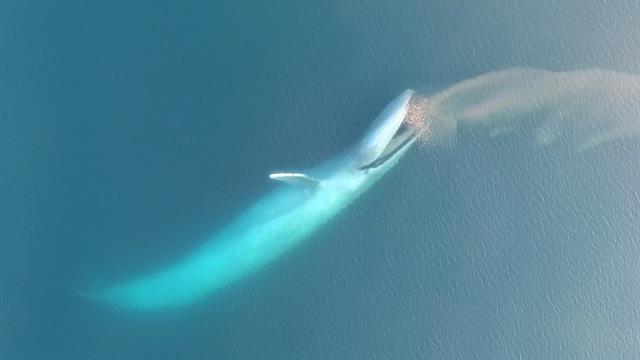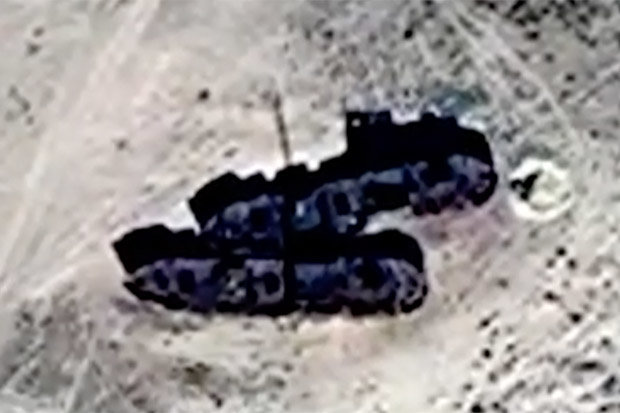The blue whale is not only the largest animal alive today, it is the largest one that has ever lived. Now, analysis of a fossil found on the shore of an Italian lake hints at when, and perhaps how, the blue whale became such a behemoth.
The beast’s very large skull, described today in the journal Biology Letters, confirms that this ancient blue whale is the largest known in the fossil record, reaching a whopping 85 feet long. That’s just shy of the largest modern blue whales on record, which reach up to a hundred feet. Perhaps even more surprising to scientists, though, is the fact that a whale of this size swam the seas around 1.5 million years ago, during the early Pleistocene—far earlier than previously thought.
“The fact that such a large whale existed that long ago suggests that large whales had been around for quite a while,” says study coauthor Felix Marx, a paleontologist at the Royal Belgian Institute of Natural Sciences in Brussels. “I don’t think species can evolve to such a size overnight.”
A whale of a find
Figuring out how blue whales came to be so big has been a challenge, as large whale fossils from the past 2.5 million years are rare. This is likely because the planet went through a number of ice ages during this period, when plenty of water froze into ice and sea levels dropped dramatically. The remains of whales that died in those days, even if they stranded on land, may now be many dozens of feet below sea level. (A 27.5-million-year-old fossil recently found in New Zealand belongs to one of the oldest known ancestors of baleen whales.)
In 2006, a farmer near the southern Italian town of Matera saw some very large vertebrae sticking out of the clay on the shore of a lake he uses to irrigate his fields. Over the course of three fall seasons, when it was possible to lower the water level without ruining the harvest, Italian paleontologist Giovanni Bianucci of the University of Pisa and his team dug out the remains.













